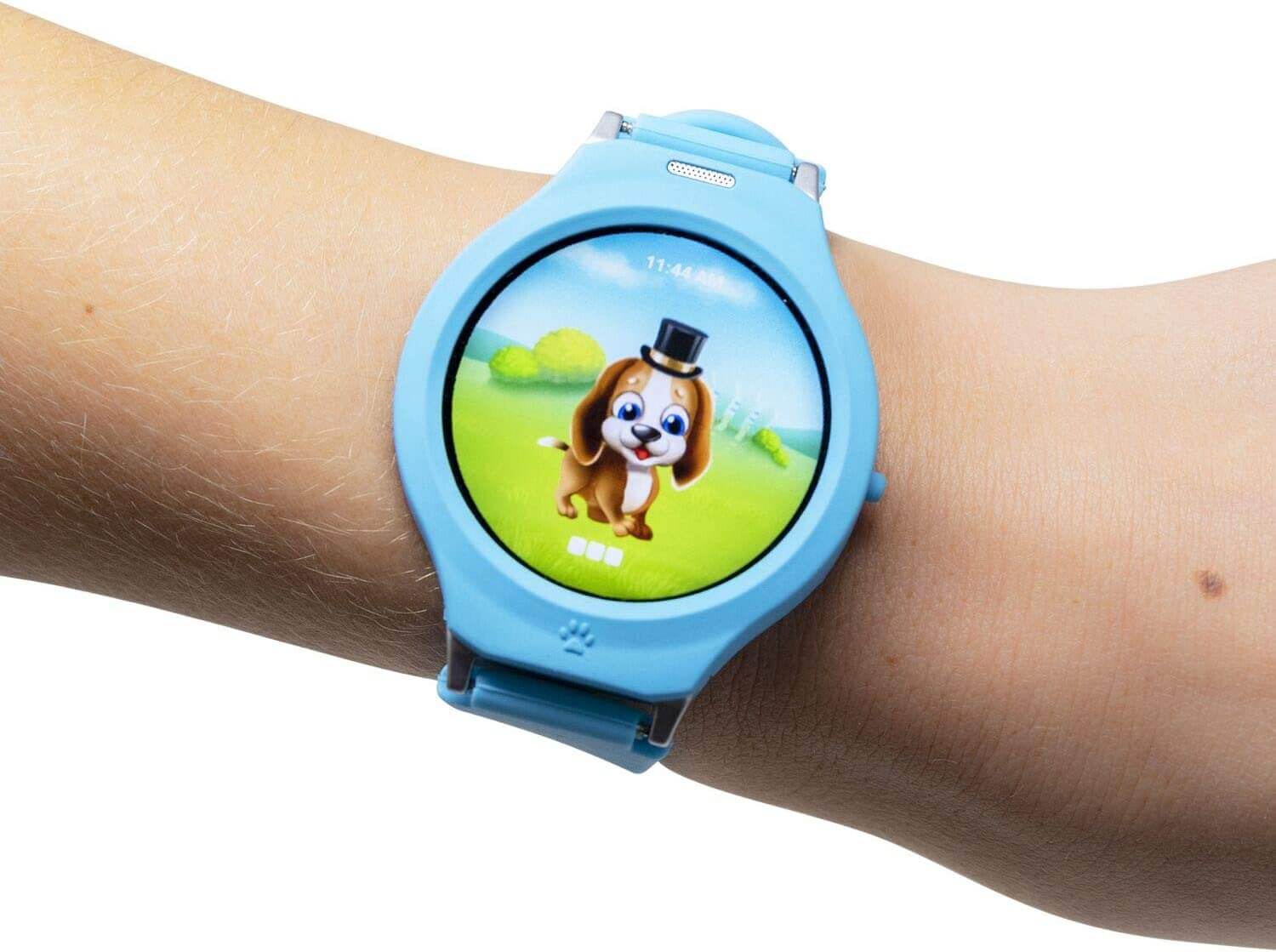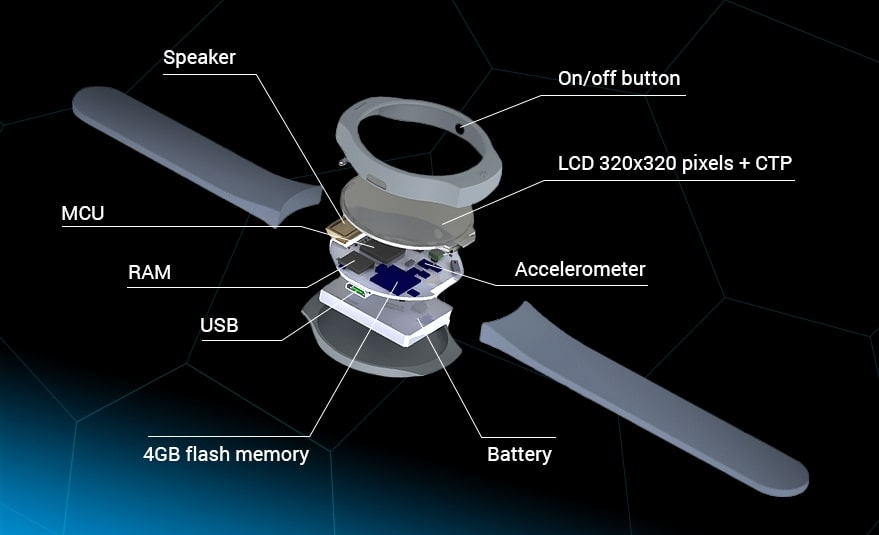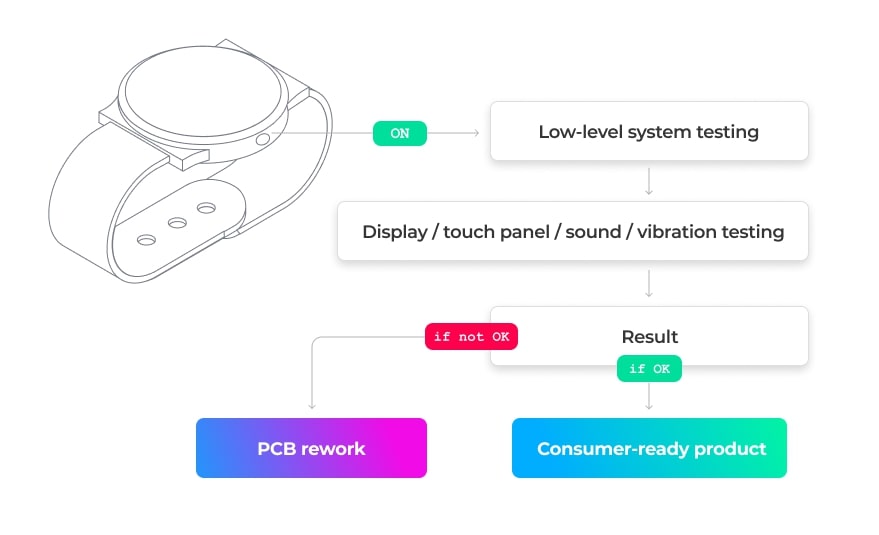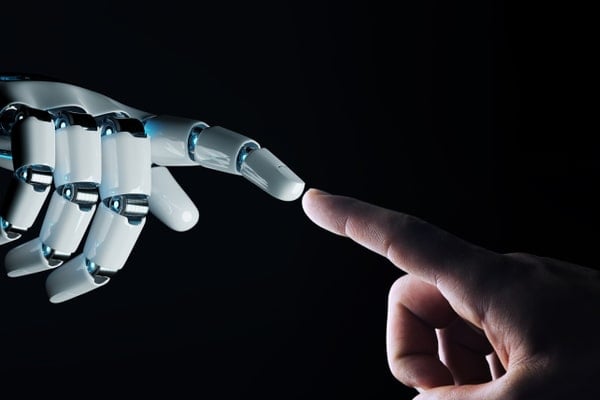Check out our latest blog article: From component to enterprise – modular robotics done right.

Wearable Device with a Pet Simulation Game
from PCB Design to Mass Production
A Canadian company wanted to create a wearable device with an interactive game. The gadget would allow children to learn how to take care of a virtual pet before getting a real one.
Case Highlights
- A custom wearable device with a built-in pedometer
- An interactive game with high-quality graphics
- Automated PCB assembly testing
- Extensible software architecture
- Assistance with mass production
Project Information
Time and Materials
Agile
Schematic Designers
PCB Designers
Industrial Designer
Mechanical Designer
Artists
Game Designers
C Developers
Problem
The customer needed a full-stack developer to help them prepare the device for mass production. They turned to Softeq to build the solution in-house from scratch.
Our engineers had to develop all the device’s components, including the game logic and graphics, firmware, 3D enclosure model, circuit diagram, and printed circuit board.
Solution

Scope of Work
We developed game logic and graphics based on the client’s idea, and created a 3D enclosure model, cirсuit diagram, and printed cirсuit board (PCB) from scratch. The solution runs on custom firmware built by our team.
Virtual Pet Game
Well-designed graphics was one of the client’s key requirements so we turned to zGames, our in-house game design studio, to accomplish the task. zGames helped develop the game logic, and designed the game backgrounds and a 3D pet model.
The object of the game is to keep a virtual pet happy by scoring as high as possible on the essential pet needs: food, water, exercise, and attention. Here’s how it works:
If one of the parameters drops to a critical level, a status notification appears on the screen. To increase the score, the user has to satisfy one of the pet needs by selecting an appropriate item in the menu section. It could be feeding, providing access to water, playing, petting, putting the pet to sleep, or cleaning up after it.
The device features a built-in accelerometer that automatically improves the user's pet exercise score by initiating 'dog walking mode' when the child is in motion.
Hardware Production
We prepared all necessary documentation for production of the custom PCB, enclosure, and hardware components, and handed it over to the factory. To ensure that the customer would receive the product on time, our engineers visited the factory to assess the quality of the enclosure mold and all the test samples prior to mass production.
Automated Board Self-testing
To make sure the PCB components are placed correctly, we developed a “self-test” firmware solution that uses the device display and battery to automatically run tests in the factory. Here's how it works:
After PCB assembly and firmware flashing, the operator turns on the device, starting the testing firmware. The program runs low-level system tests and checks whether the speaker, vibro, display, and touch panel are functioning properly. In case of an error, the test report will be recorded on the built-in flash drive for repair purposes. Thus, a repair engineer will be able to access the data via USB and see what needs to be fixed. If no errors are detected, the firmware will switch to the ready-for-use mode which means the device is cleared for delivery to the retail network.
Have an Immersive Game Idea?
See how we blend cutting-edge tech like AR, VR, and AI to create the ultimate gaming experience Learn more
Manager, Americas
Result
Wearable Device with a Virtual Pet Game
We built a wrist-worn device that runs a pet simulation game. The game features quality graphics and motion effects. Built with scalability in mind, the solution can be extended to support new game characters and an accessory store for in-app purchases.







